Modes of Transportation in the Philippines
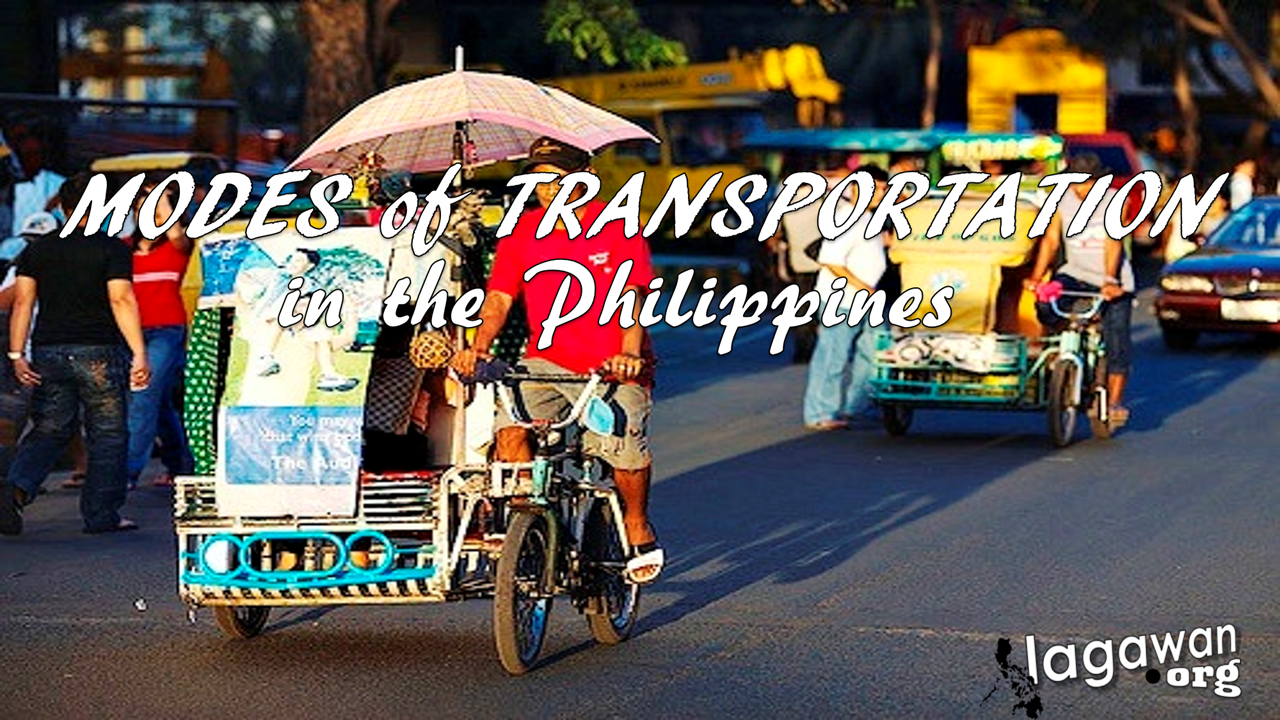
Transportation is a very important factor in any travel you have. Here are the list of common Modes of Transportation in the Philippines which will guide you through in exploring and discovering the beauty of the country. These Modes of Transportation in the Philippines can be found and may vary in some parts of the country.
Jeepneys
The jeep was a remnant from the World War II. Enterprising Filipinos saw the possibility of it being a mode of transportation and turned them into the new longer and colorful jeepneys that have become a Philippine icon. The most common mode of transport, jeepneys ply several routes around the country, especially those areas where bigger buses cannot serve. Jeepneys can be 10-seater or 14-seater. More than once the seats in the jeepneys are full of passengers. Still, always some new passenger will be added.
Sitting in a jeepney, your knees will unavoidable touch the knees of your neighbor. To get off at a particular location, you just tap your peso coin on the roof. The conductor will yell for the driver to stop. When you get out and eventually new passengers get in, one single word “Sigi” or Go of the conductor is enough for the driver to move on.
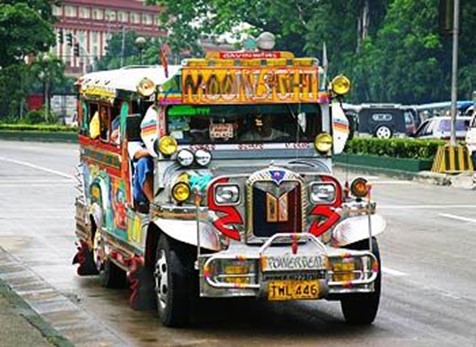 Route travel can be seen on cardboards displayed on the jeepney’s windshield
Route travel can be seen on cardboards displayed on the jeepney’s windshield
‘BAYAD PO’ (BAYAD means fee or payment) – This is what you’ll say when you pay. If you are seating far from the driver, other passengers will pass your fee to the driver or fee collector (a person who usually sits in front).
<p”>’PARA PO’ in Tagalog and ‘Sa Lugar Lang’ in Bisaya (PARA means to the side) – This is what you’ll say to the driver if you want the jeep to stop. It serves as a signal to the driver that you’re going to alight.
Things to Remember:
If you are not sure of the place you’re going, you can always tell the driver where he can drop you off. Tell him nicely the exact name of the place you’re going. Jeepney drivers know the routes very well and can help you with the directions.
When inside the jeepney, it is important to be watchful of your things. Avoid using your cellphones, cameras, and other gadgets (especially expensive ones) that can catch the attention of snatchers/pick-pockets. They can be one of the passengers inside the jeepney or people in the street.
Buses
For long distance land transportation in the Philippines you will have to use the bus. Regular and air-conditioned buses that service several cities and provinces in the Philippines are privately-owned. These buses serve to connect provinces with the  Metropolis; others operate city-wide in Metro Manila. They provide more comfort for long distance land travel. Those that operate in the city ply daily. Those going to the provinces have regular, scheduled daily trips.
Metropolis; others operate city-wide in Metro Manila. They provide more comfort for long distance land travel. Those that operate in the city ply daily. Those going to the provinces have regular, scheduled daily trips.
A bus ride can be as short as 30 minutes for in-city transfer and as long as 14 hours for long distance provincial trips. Buses usually do not go to the city-centers. They stop at peripheral bus terminals. Small cities as Bacolod or Iloilo have only one terminal. Big cities like Manila or Cebu-City do have several terminals. Each of them deserves a particular region. There is no problem to find the right terminal.
-
Ordinary bus fare (without air-con) is cheaper.
-
Route travel can be seen on cardboards displayed on the bus’ windshield
You pay to the conductor (the one who holds the bundle of tickets). Tell him/her where you’re going and then he/she will tell you how much you have to pay. Keep your bus tickets for checking purposes inside the bus.
You’ll know when it’s time to alight if you hear the conductor yelling the name of a place. This signals the passengers when it’s time for them to alight.
Tricycles
Most motorcycles in the Philippines are used for serving as a kind of taxi. Most known names for these means for transportation: Tricycles and motor-taxi’s both can be seen in many different forms and length. Tricycles in the Philippines resemble the auto rickshaws of India and the tuk-tuks of Thailand and other Asian countries, except that the cab is attached to the right side of the motorcycle instead of being in front or at the back.
Tricycles can be seen on the side streets and some subdivisions and normally used for short-distance travel. With the stronger horsepower of a motorcycle, the tricycles sometimes are hired to ferry people and merchandise from the market. Depending on the construction and discretion of the driver, the tricycle can ferry from 2 to about 7 people.
If you are not sure of the place you’re going to, you can always tell the driver where he can drop you off. Tell him nicely the exact name of the place you’re going.
-
You can ride tricycles together with other passengers, or you can ride it privately.
-
In Metro Manila, you will also see ‘pedicabs’. These are like tricycles but with bicycles instead of motorcycles.
-
You can also say ‘PARA PO’ if you want to get off.
-
Tricycles are not allowed along highways like EDSA. They can only bring you to short-distance travel-areas.
Pedicabs
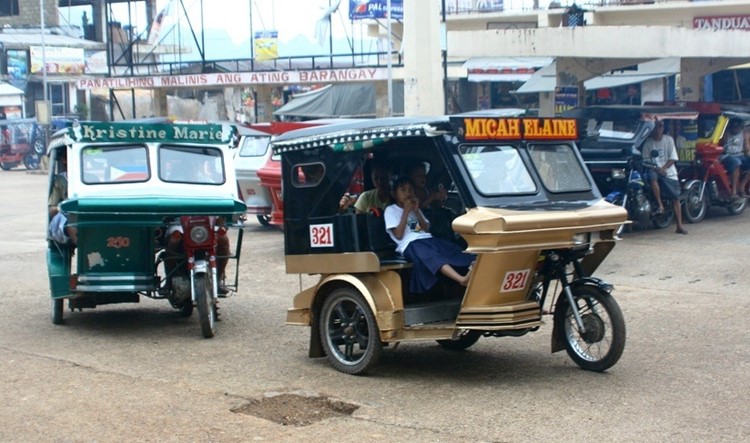 Pedicab is a three wheeled bicycle with a covered rear seat for customers. Like a bicycle rickshaw, this form of transportation is powered by human pedals. This environment friendly type of transportation is very common in places with narrow streets where jeepneys & buses are prohibited. This can be considered the silent version of tricycles, since bicycles are used, with a passenger cab attached to the side or in front.
Pedicab is a three wheeled bicycle with a covered rear seat for customers. Like a bicycle rickshaw, this form of transportation is powered by human pedals. This environment friendly type of transportation is very common in places with narrow streets where jeepneys & buses are prohibited. This can be considered the silent version of tricycles, since bicycles are used, with a passenger cab attached to the side or in front.
As a driver, strong lower limbs and being healthy physically are very necessary. Driving pedicabs is one of toughest in the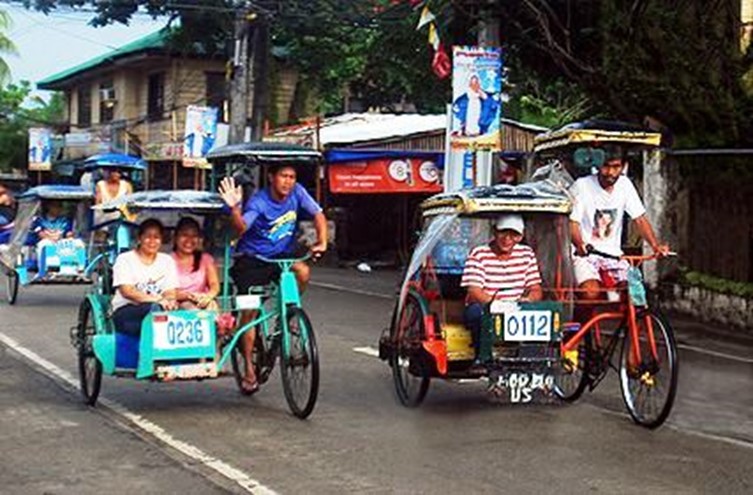 world. Pedicab drivers are exposed to the heat of the sun, dust, sweating a lot when it is a sunny day while wet and cold when heavy rain falls. Some call pedicabs as “padyak”, others call it “trikad” while in some areas in the country, they are called “tricycle”, “pot-pot”. This mode of transportation can carry one or three passengers at a time.
world. Pedicab drivers are exposed to the heat of the sun, dust, sweating a lot when it is a sunny day while wet and cold when heavy rain falls. Some call pedicabs as “padyak”, others call it “trikad” while in some areas in the country, they are called “tricycle”, “pot-pot”. This mode of transportation can carry one or three passengers at a time.
Minibuses/Vans
 These are smaller versions of buses that can ferry passengers for terminal to terminal. Depending on where the minibuses are operating, they are either used for short distance or for longer land travel, particularly in some far-flung areas where any other means of transportation are few and/or limited. They can carry people, livestock and other merchandise. Minibuses do not have air conditioning and seats are small and spaced close together.
These are smaller versions of buses that can ferry passengers for terminal to terminal. Depending on where the minibuses are operating, they are either used for short distance or for longer land travel, particularly in some far-flung areas where any other means of transportation are few and/or limited. They can carry people, livestock and other merchandise. Minibuses do not have air conditioning and seats are small and spaced close together.
MRT/LRT
During the latter years of the Marcos era, the Metro Manila Light Rail Transit System (LRT) was established to provide cheaper and faster direct routes from Baclaran in Parañaque to Monumento in Quezon City, primarily to decongest the Epifanio Delos Santos Avenue (EDSA), a major thoroughfare. There are 29 LRT stations. In 1999, the Manila Metro Rail Transit System (MRT) started operations, traversing EDSA from Taft Avenue in Pasay City to North Avenue in Quezon City, a total of 13 stations.
Quick and inexpensive to ride, the LRT serves 2.1 million passengers each day. Its 31 stations along over 31 kilometers (19 mi) of mostly elevated track form two lines. LRT Line 1, also called the Yellow Line, opened in 1984 and travels a north–south route. MRT Line 2, the Purple Line, was completed in 2004 and runs east–west.
-
Fare ranges from P10.00 to 15.00 – depending on what station you’re going.
-
Cards (tickets) can be availed at ticket booths in all stations.
If preferred, you can also avail a ‘stored value card’ which costs P100.00. You can use this until the total amount is consumed. The advantage of having this card is that you won’t always need to wait in line every time you take the train.
-
At the station and in the train, it is not allowed to smoke, drink or eat and to bring your pet.
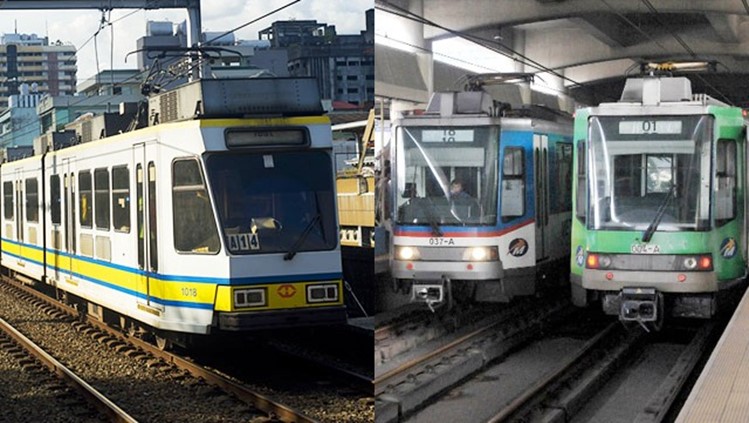
Remember:
-
There are also pick-pockets inside the train so be careful with your things.
-
On rush hours, trains have always been jam-packed of people so expect a not-so-comfortable travel during that time
Taxis/FX
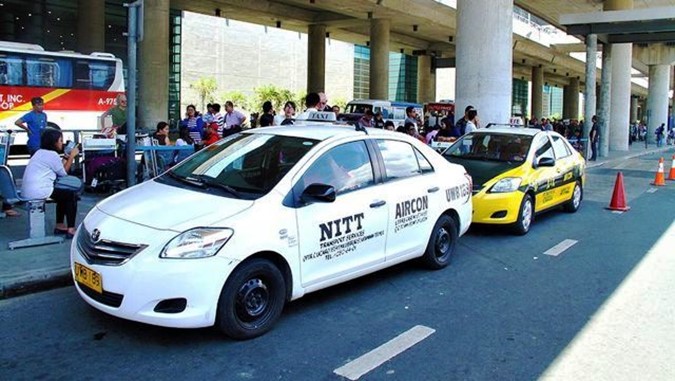 Air conditioned taxicabs and closed vans more commonly known as FX taxis are available in the city. Metered taxis can take a passenger anywhere in the city, but will charge a different rate (usually double the fare) when you have to go beyond city limits. There are also airport taxis that only serve passengers coming to and from the airport. These charge higher fees and available on call. The FX taxis join the rest of the buses and jeepneys on their routes during regular hours and normally will be found waiting for passengers in designated terminals to wait for passengers to specific destinations.
Air conditioned taxicabs and closed vans more commonly known as FX taxis are available in the city. Metered taxis can take a passenger anywhere in the city, but will charge a different rate (usually double the fare) when you have to go beyond city limits. There are also airport taxis that only serve passengers coming to and from the airport. These charge higher fees and available on call. The FX taxis join the rest of the buses and jeepneys on their routes during regular hours and normally will be found waiting for passengers in designated terminals to wait for passengers to specific destinations.
-
Fare would depend on the taximeter device that calculates the distance travelled. Plug-down rate is P40.00. Meter increases by P2.50.
-
Always make sure that the meter is on.
-
Always make sure that all doors are locked when inside a taxi. Sometimes, snatchers from outside open doors of taxis and snatch anything they can get from the passengers.
Ships/Ferries
For travel between major islands, there are inter-island ships and ferries. Ships and ferries transport people, cargo and other merchandise from a major port to another. Philippines ferry and passenger ferries are the life blood for traveling in and among the Philippine Islands.
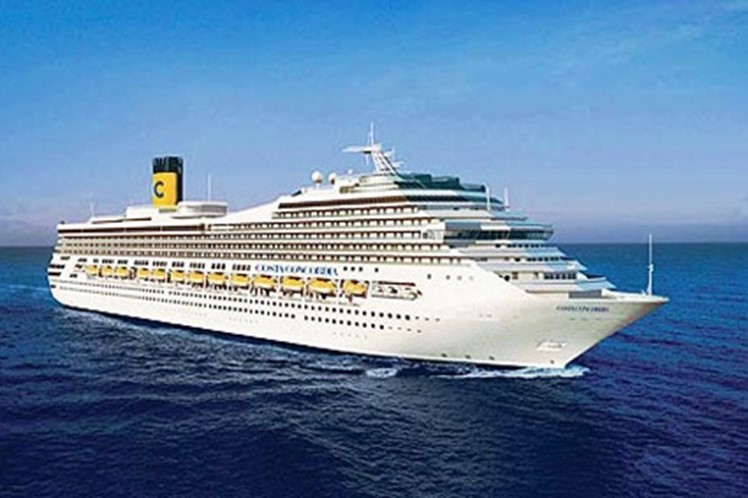 They are more in demand during summer and other Philippine holidays where family members working in another island come home for vacations and family reunions. It is also a fantastic way to see areas of the country that would be impossible to see by air or land travel. You have the chance to also mingle with the extremely friendly Filipino people. The rates are cheaper than taking a plane
They are more in demand during summer and other Philippine holidays where family members working in another island come home for vacations and family reunions. It is also a fantastic way to see areas of the country that would be impossible to see by air or land travel. You have the chance to also mingle with the extremely friendly Filipino people. The rates are cheaper than taking a plane 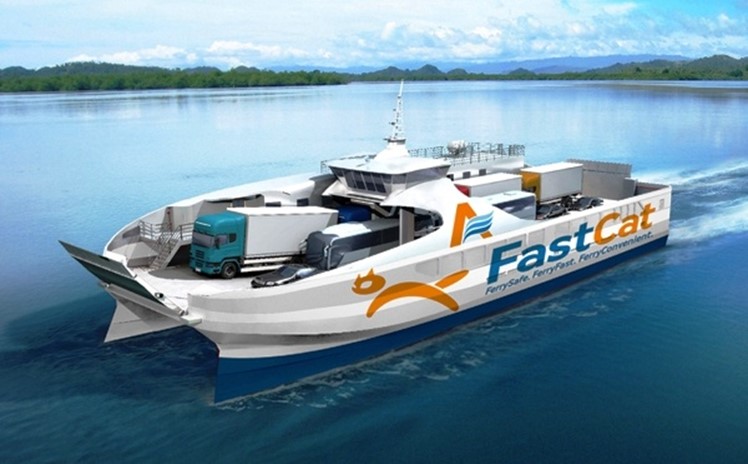 and allow passengers to carry more luggage and cargo on board. Ferries are swift hovercraft and catamarans used for faster, short distance inter-island travel.
and allow passengers to carry more luggage and cargo on board. Ferries are swift hovercraft and catamarans used for faster, short distance inter-island travel.
Airplanes
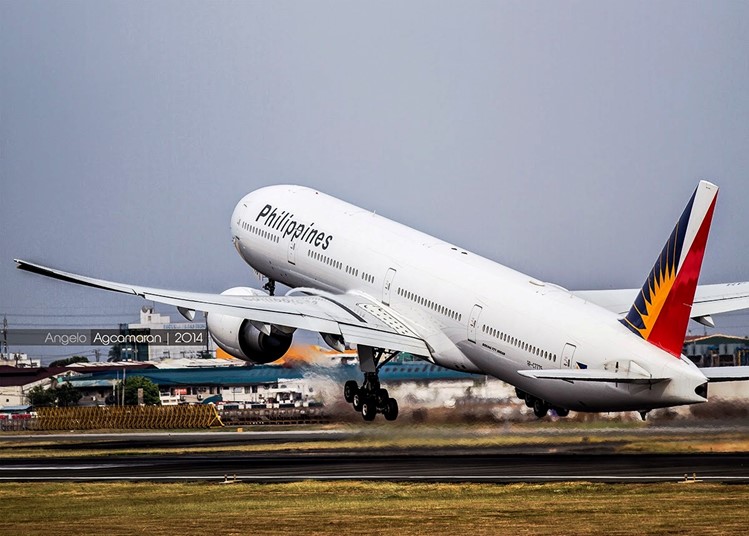 Three major airlines – Philippine Airlines, Cebu Pacific Air and Air Philippines service the domestic routes while several smaller airlines offer charter flights to and from selected destinations. Taking a plane is the fastest mode of transport for inter-island travel, and available almost every day of the week, except on some areas. Rates are higher than sea travel but most airlines offer discounts to those traveling with a single hand-carry or no luggage.
Three major airlines – Philippine Airlines, Cebu Pacific Air and Air Philippines service the domestic routes while several smaller airlines offer charter flights to and from selected destinations. Taking a plane is the fastest mode of transport for inter-island travel, and available almost every day of the week, except on some areas. Rates are higher than sea travel but most airlines offer discounts to those traveling with a single hand-carry or no luggage.
Bancas/Boats
 The Philippines being an archipelago composed of 7,107 islands, it is inevitable that some form of transport will be needed to go from one island to a neighboring one. For short distances the most common Philippine passenger ferry is the banca and can be found just about on or near to every beach in the Philippines., the motorized bancas are the first choice.
The Philippines being an archipelago composed of 7,107 islands, it is inevitable that some form of transport will be needed to go from one island to a neighboring one. For short distances the most common Philippine passenger ferry is the banca and can be found just about on or near to every beach in the Philippines., the motorized bancas are the first choice.  Primarily used by individual fishermen, the motorized bancas are now used as a faster means of transportation. Some resorts make use of bigger ones to ferry guests from port to resort and back. You will be able to negotiate a fare with the captain prior to your voyage.
Primarily used by individual fishermen, the motorized bancas are now used as a faster means of transportation. Some resorts make use of bigger ones to ferry guests from port to resort and back. You will be able to negotiate a fare with the captain prior to your voyage.
Habal-Habal
This highly improvised two-wheeled single motorcycle is usually ridden way beyond its passenger capacity and can unbelievably carry 5 to 6 or more passengers effortlessly, and can only be found, where else, but only in the streets of the Philippines especially in Mindanao and some part of Visayas. While fares vary depending on destination, distance traveled, and the itinerary of the day, there are no standard fees as each driver charges differently.

